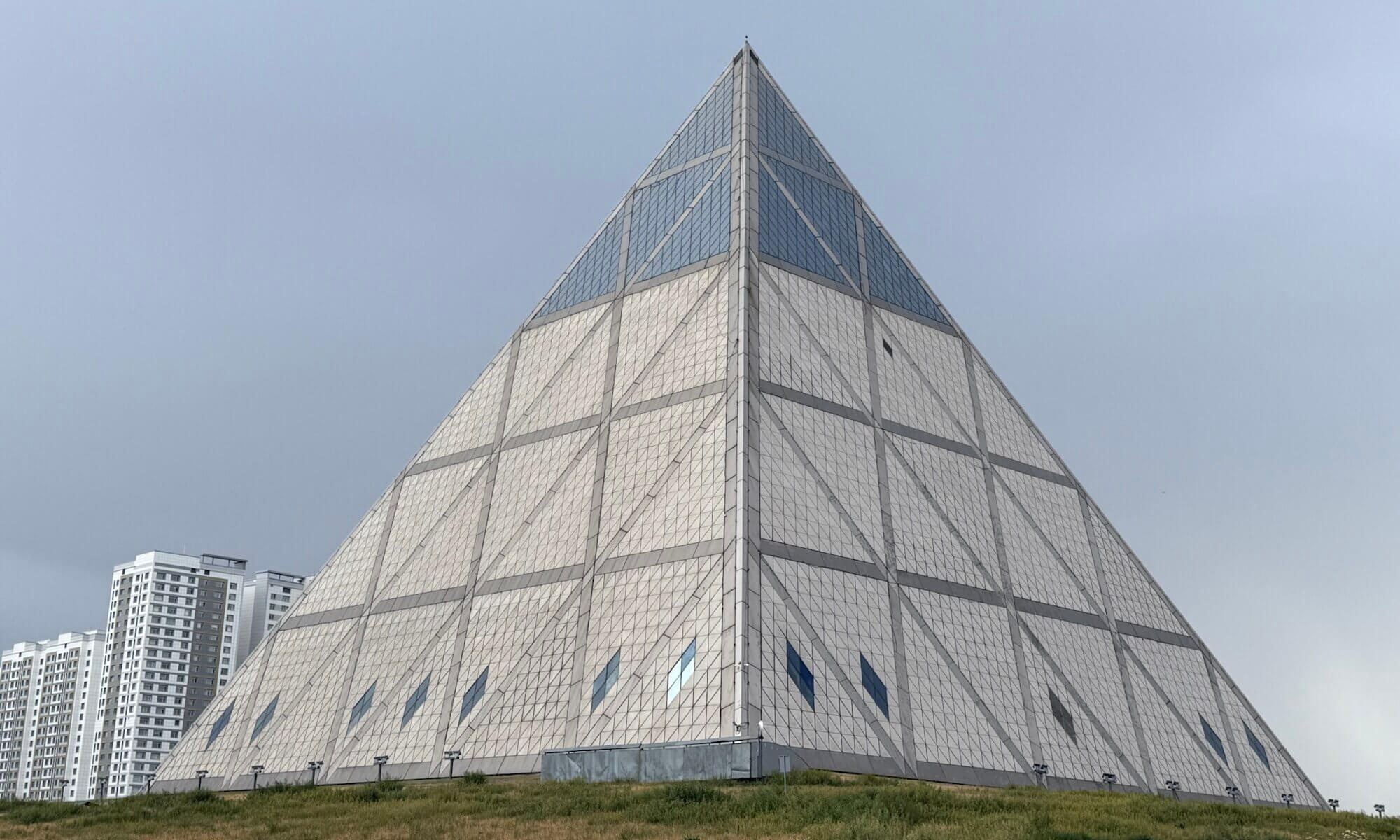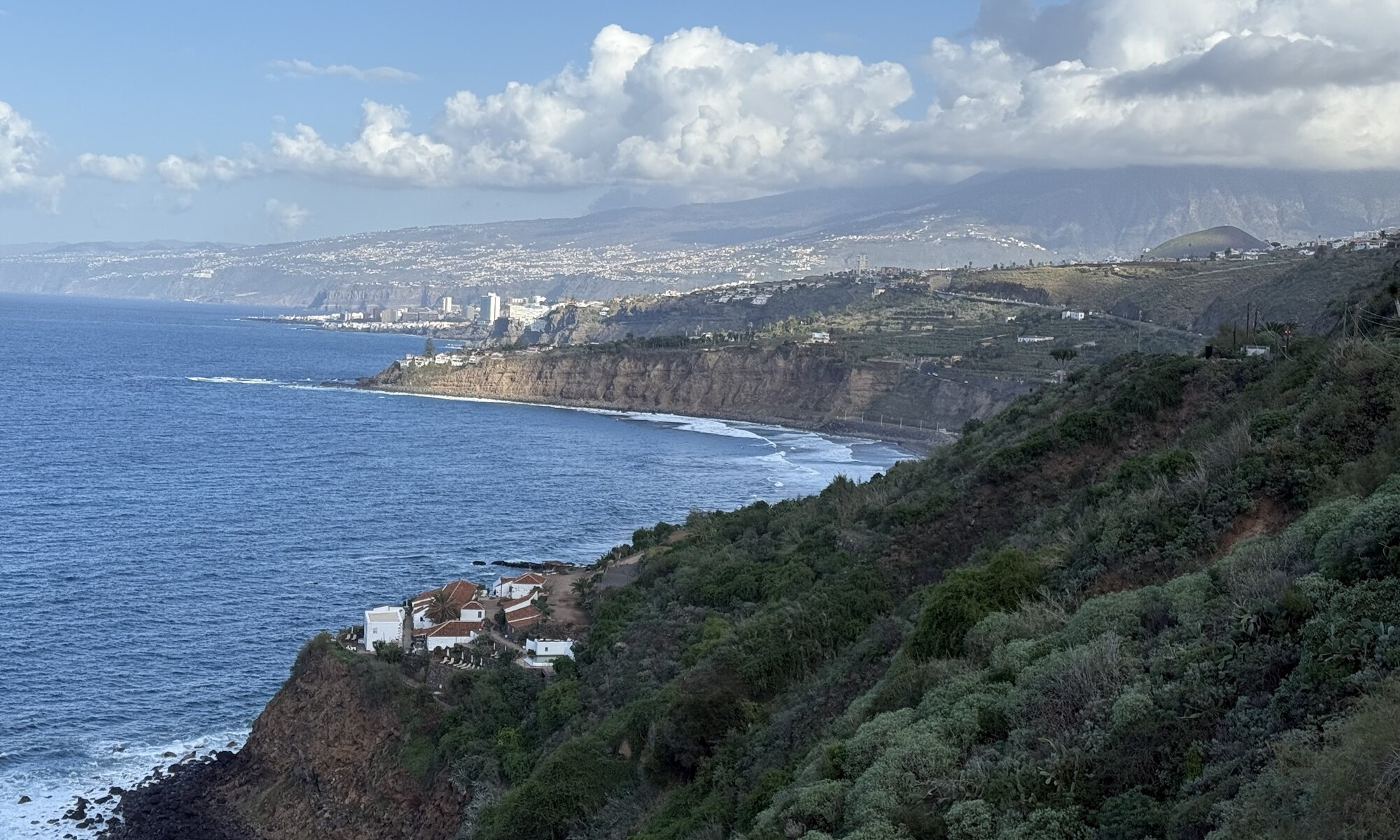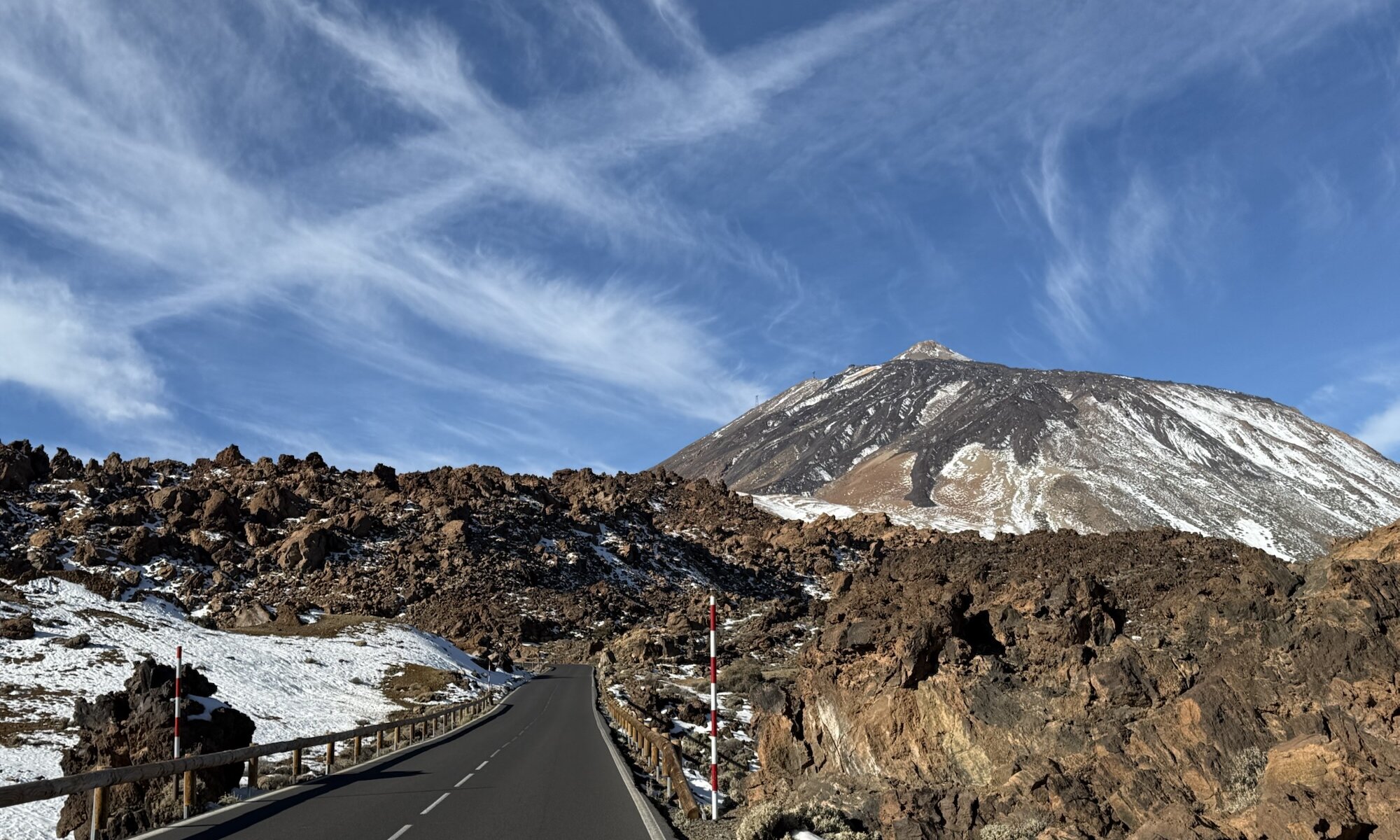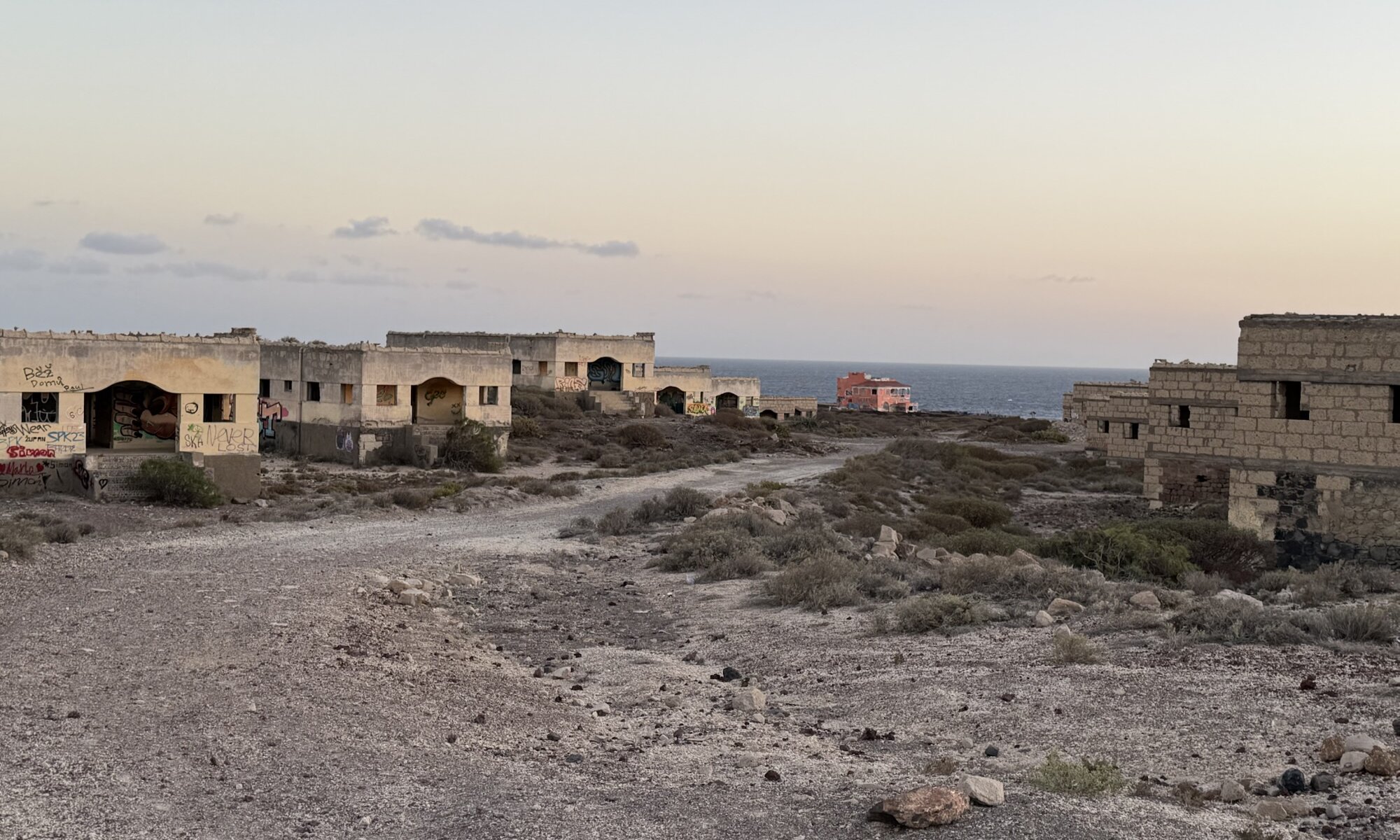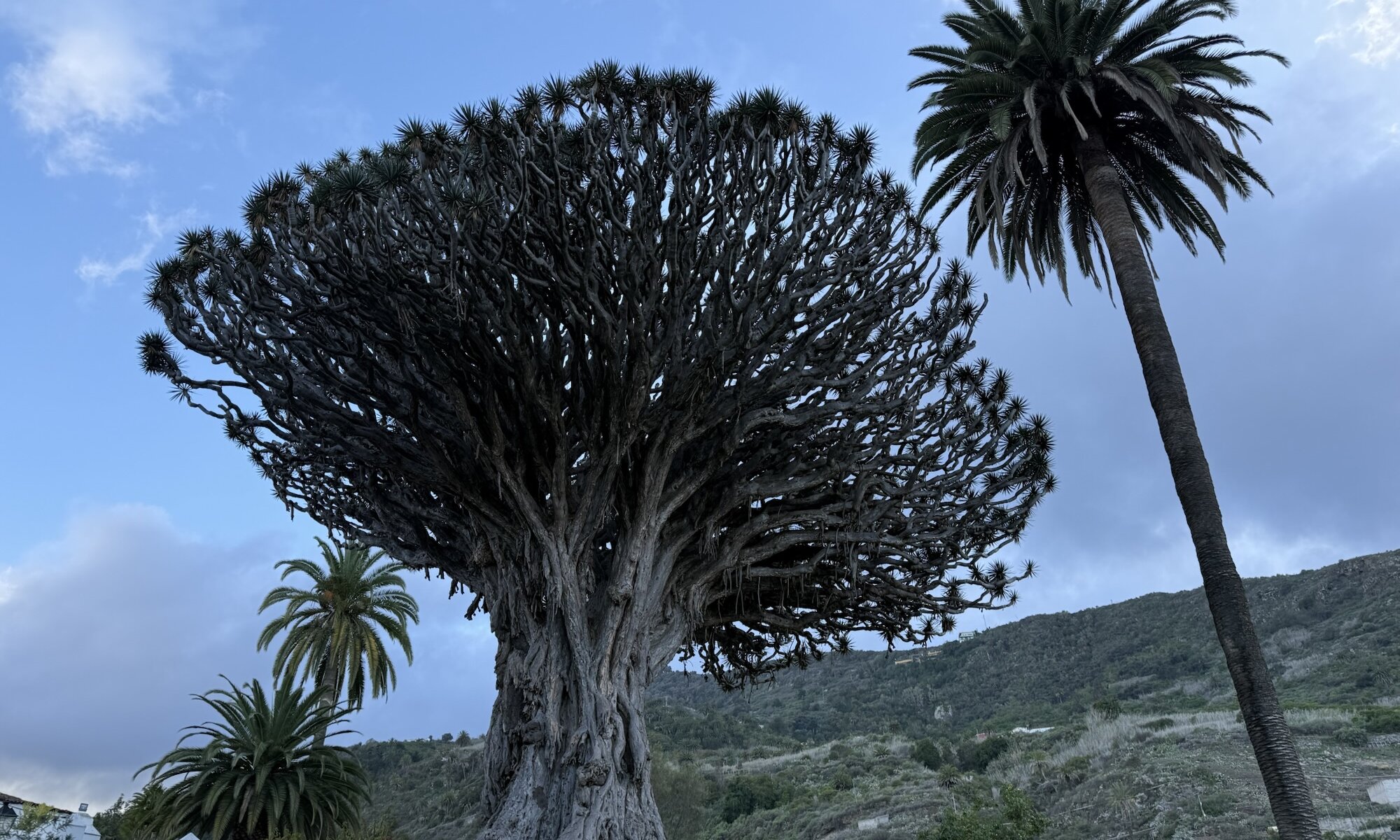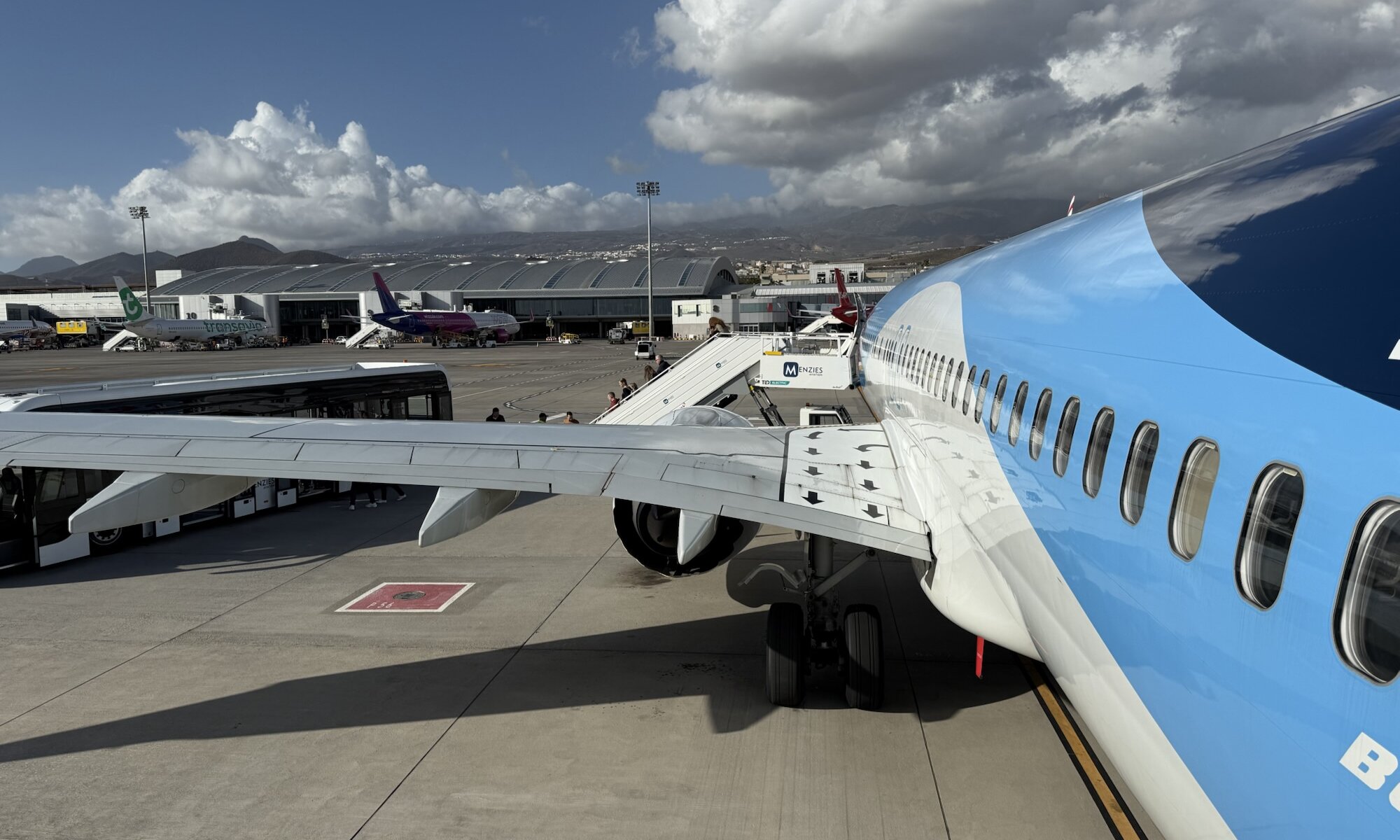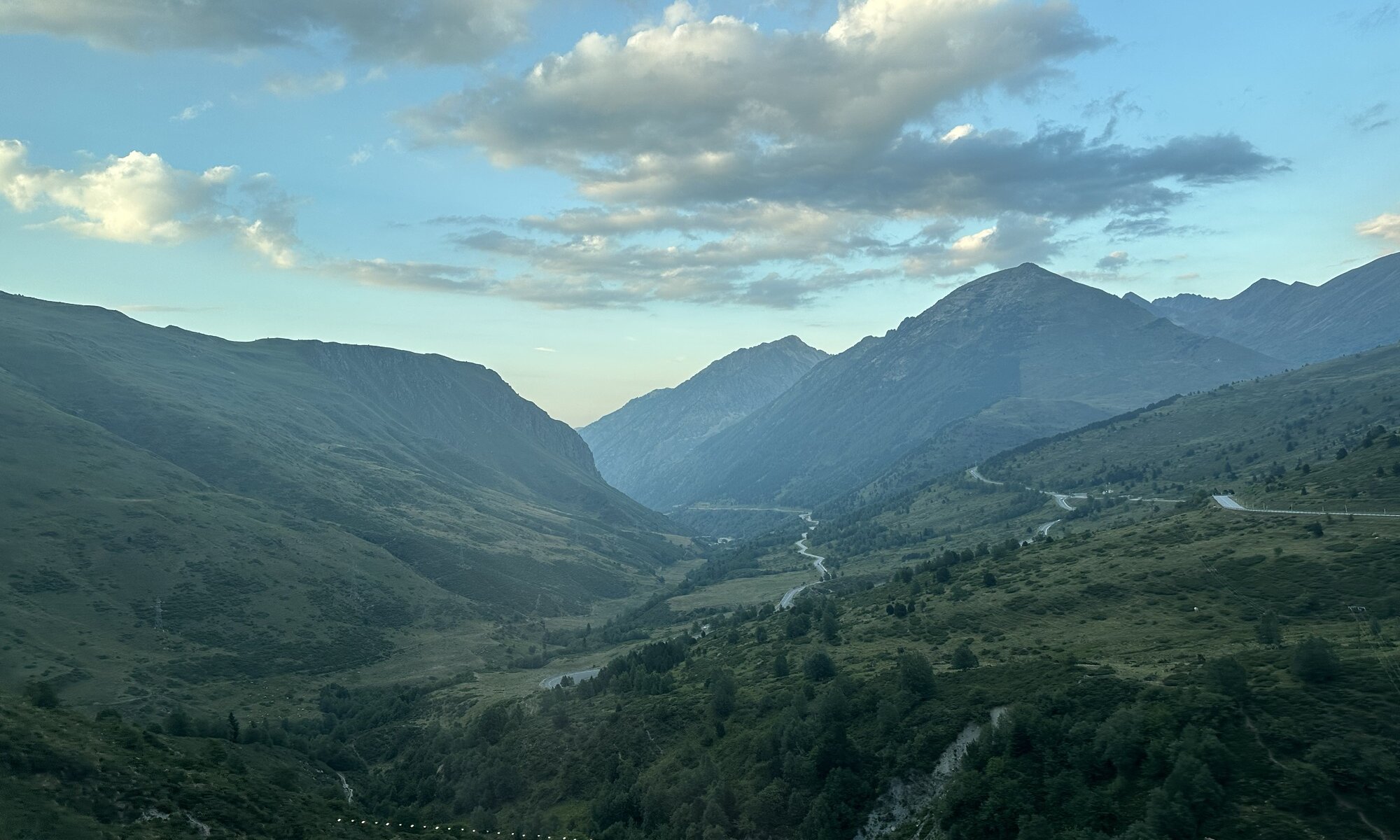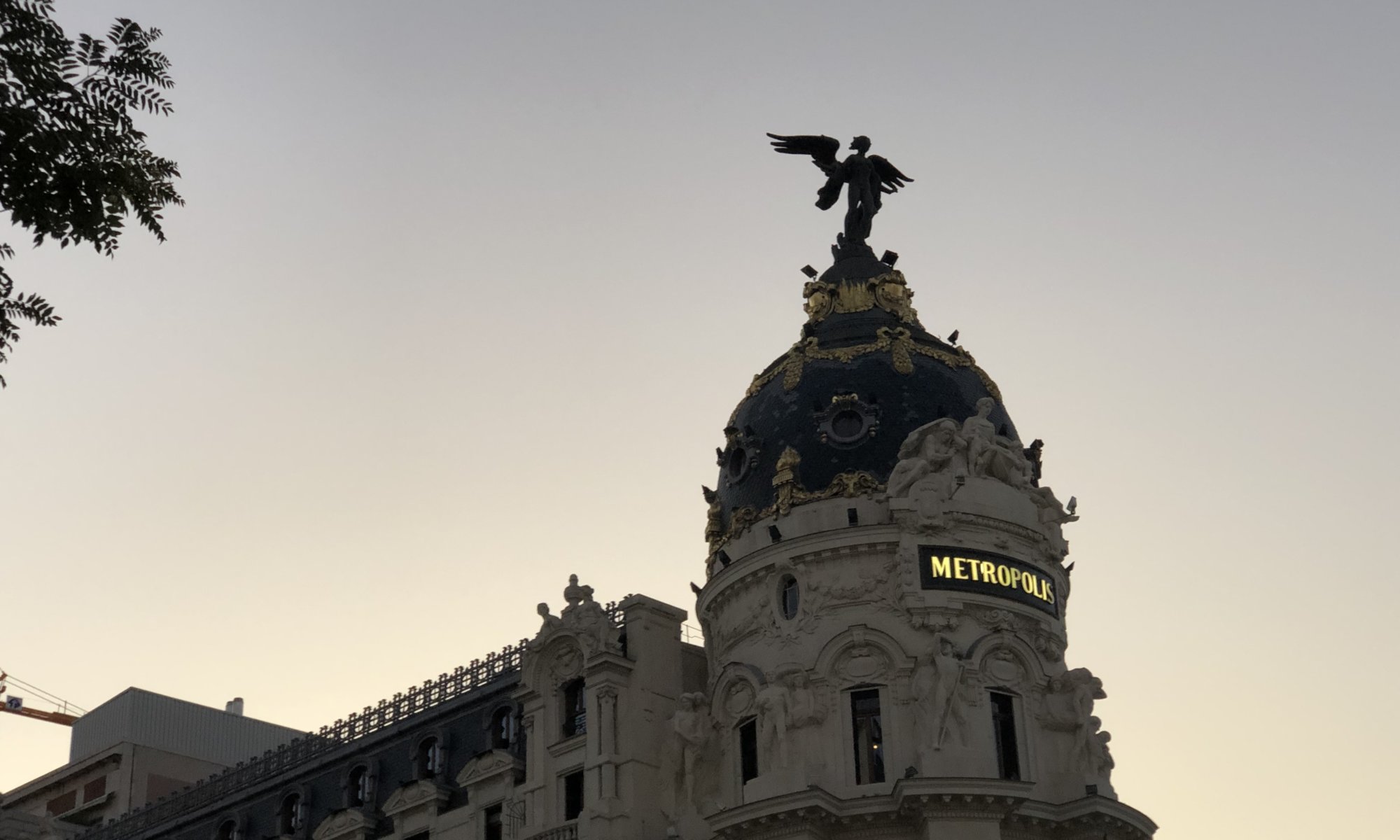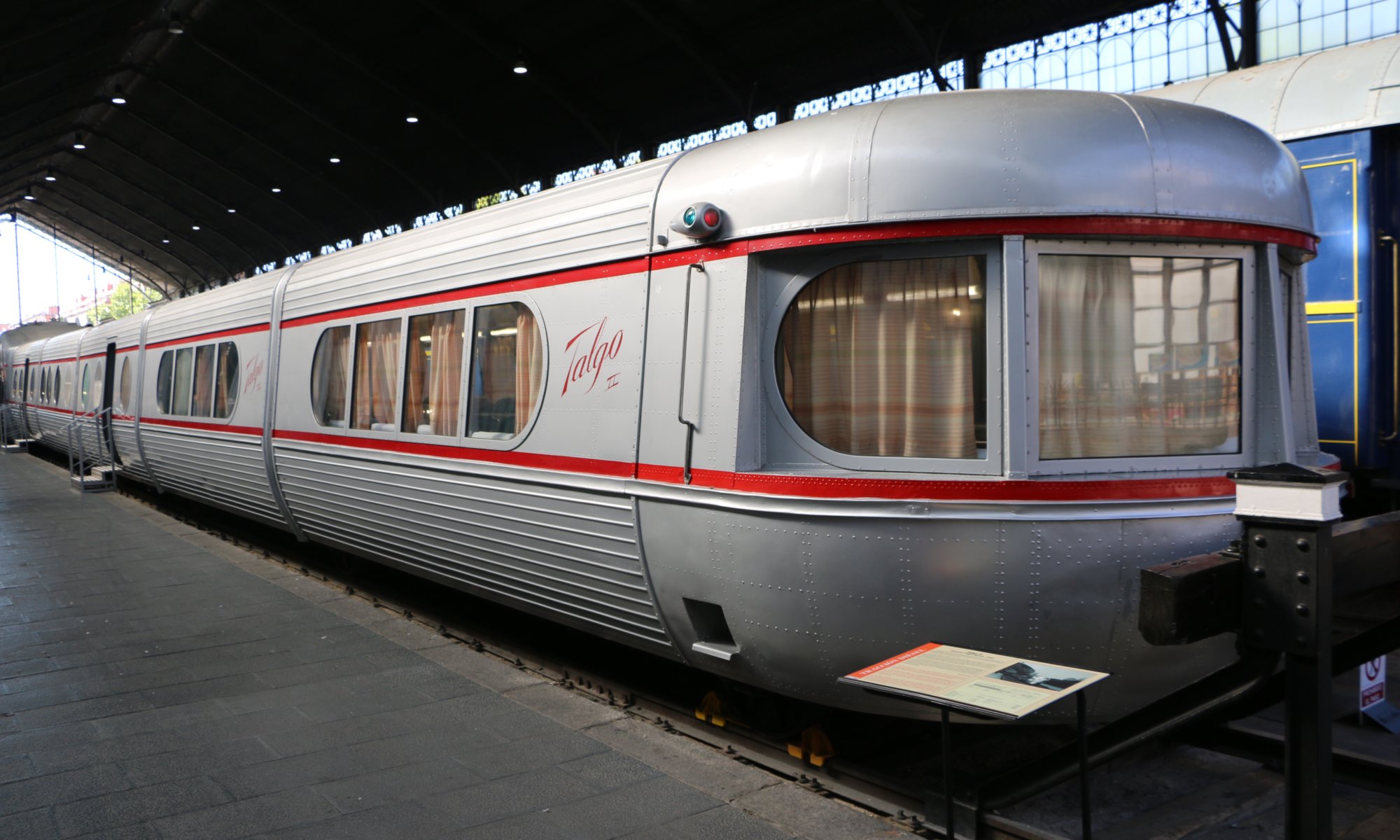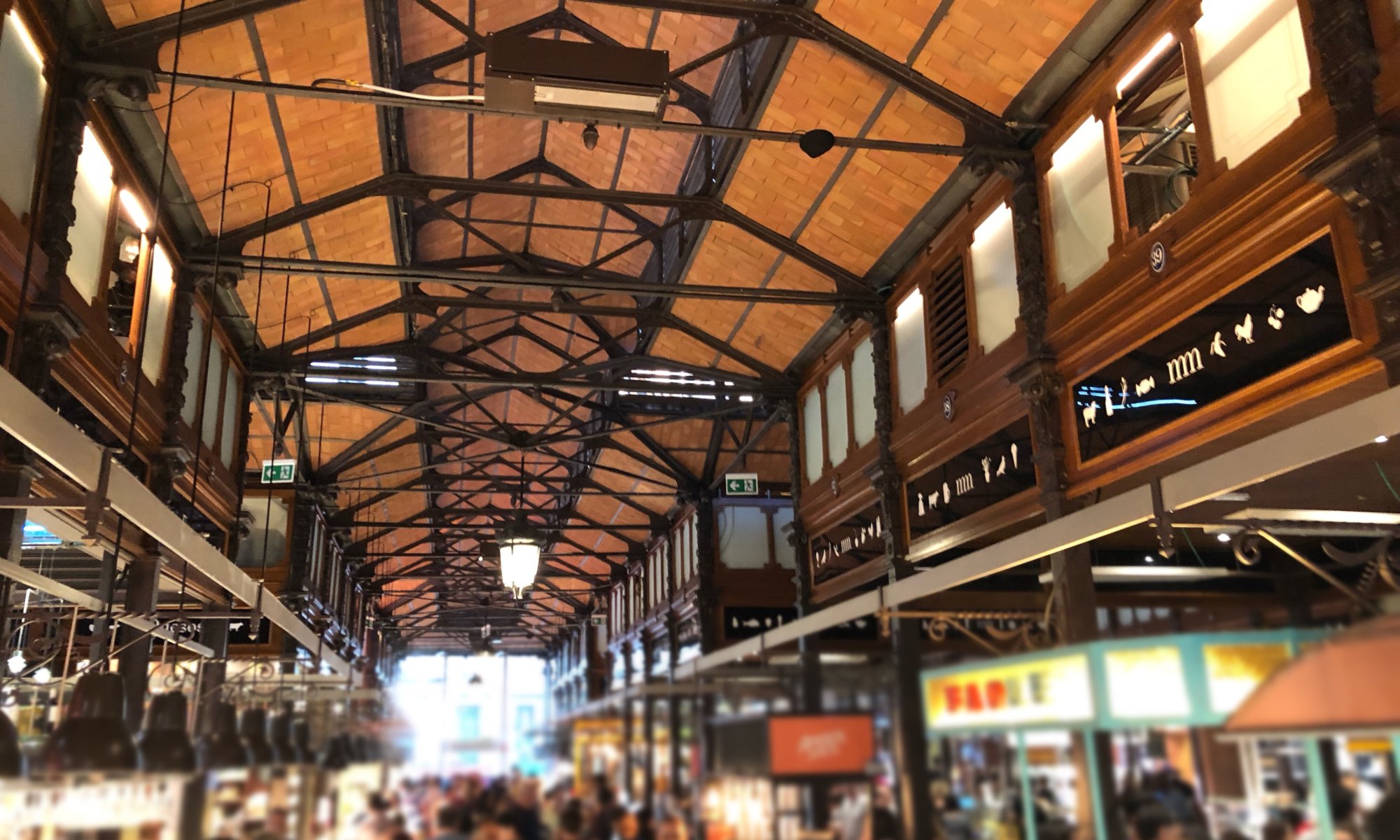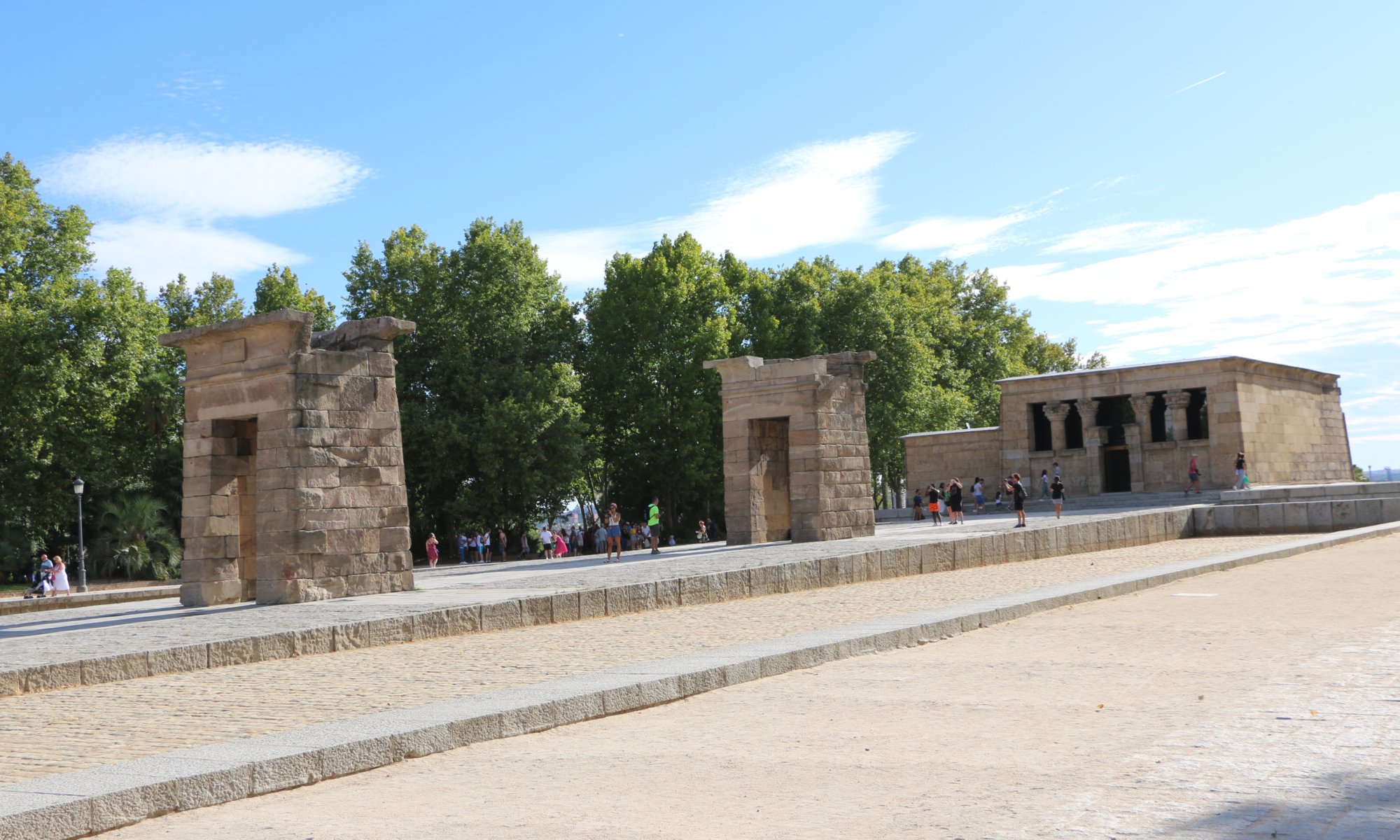It was a rather spontaneous decision to spend the end of the year on Tenerife, enjoying the warmer weather in contrast to central Europe. Tenerife is the largest of the Islas Canarias located in the Atlantic ocean close to Western Sahara and Morocco. The island has the shape of a tilted Y and was formed 12 million years ago by volcanic activities. First human traces can be dated back to the 10th century BC; interaction with European cultures started in the 14th century CE followed by a colonisation by the Spanish after massive fights with the indigenious people.
Continue reading “Tenerife”Teide
The highest mountain of Spain can in fact not be found on the Spanish mainland, but on the island of Tenerife belonging to the Islas Canarias. The Teide is 3,715 meters high and of volcanic origin – the last erruption was in 1909. Surrounding the mountain you can find a beautiful national park and a caldera named Las Cañadas with a diameter of 17 kilometers. The Pico del Teide was also the holy mountain of the Guanche indigenious people who gave it the name Echeyde, El Teide is just the Spanish transformation of this name.
Continue reading “Teide”Ghost town
If you’re into lost places or graffiti art you should consider a visit to the Sanatorio de Abona at Abades, on the southern coast of Tenerife. Leprosy reached the island rather late and in 1943 it was decided to create a sanatorio with all you need: from different houses via hospitals to a church in Franco style. Prior to finishing the construction works leprosy could be defeated and the sanatoria became superfluous. Not a single person moved and was treated there. As the buildings were never finished and repurposed, Abades is today a ghost town close to the shore and tourist houses.
Continue reading “Ghost town”Drago milenario
The icon of the city of Icod de los Vinos is a very old ‘dragon tree‘ or Dracaena draco. These trees grow very slowely and in former times this large one was expected to be 3,000 years old – in fact it is growing close to the city center since 600-800 years, still impressive. The Drago is 16 meters high and has a circumfence of six meters. Its resin is blood red and the Guanche living first on the island treated the tree as their sanctuary and used the resin to cover their deceased. The tree has been declared a national monument in 1917.
Continue reading “Drago milenario”Reina Sofía
North and south are concepts that are used in a flexible manor on Tenerife. The island was created by different volcanoes and is Y-shaped. Everything that is rather north of the central mountains is considered north, everything else as the south-side of the island. Driving distances are never really long, but it might be sensible to have an airport north and south of the Teide mountain. The one in the south is the Aeropuerto de Tenerife Sur Reina Sofía (TFS) located in the community of Granadilla de Abona.
Continue reading “Reina Sofía”Pirineus
The Pyrenees (or Pyrénées, Pirineus) mountains are more than 430 kilometers long and form the perfect border between central Europe and Iberian peninsula, between France and Spain. They reach nearly from the Mediterranean Sea to the Atlantic Ocean and are much less known, much less discovered and much less populated than the Alps. Concerning its shape the Pyrenees are also very different as in contrast to the Alps as the various valleys are located in parallel to the main mountain range.
Continue reading “Pirineus”Spanish civil war
One day far ago I added the capital city of Spain to my travel todo list. As I added more and more places it never came to the top – until this year, when I decided to do numerous short trips instead of long journeys. But I asked myself why I wanted to get there. Only when I had booked my flights and started to prepare for the visit I remembered what was the reason: Guernica.
Continue reading “Spanish civil war”Museo del Ferrocarril
The Estación de Delicias was once an important railway station of Madrid, Spain. It was closed in 1969 and has now a second life as a railway museum (Museo del Ferrocarril). The wonderful building from 1879 is now filled with different locomotives, steam engines and railway cars. Most interesting item is the Talgo II train used between 1950 and 1972 – you can even enter it and look inside.
Continue reading “Museo del Ferrocarril”Mercado de San Miguel
If you’re in need of some tapas or a good glass of wine the Mercado de San Miguel at Madrid, Spain might be your favorite place. But you shouldn’t be afraid of masses of people in an ancient market hall. The building dates back to 1916 and already the design makes it worth to visit the place. Most people for sure come for the more than 30 vendors from which you can get small snacks of every kind and different drinks.
Continue reading “Mercado de San Miguel”Templo de Debod
Not far away from the Plaza España at Madrid, Spain you can find something quite suprising: an ancient Egyptian temple, the temple of Debod. How did that happen? When the Aswan dam was built in 1960 different archeological sites were threatened. The UNESCO then asked all countries around the world for help and as Spain helped to preserve the temple of Abu Simbel they received the small temple of Debod as a gift.
Continue reading “Templo de Debod”